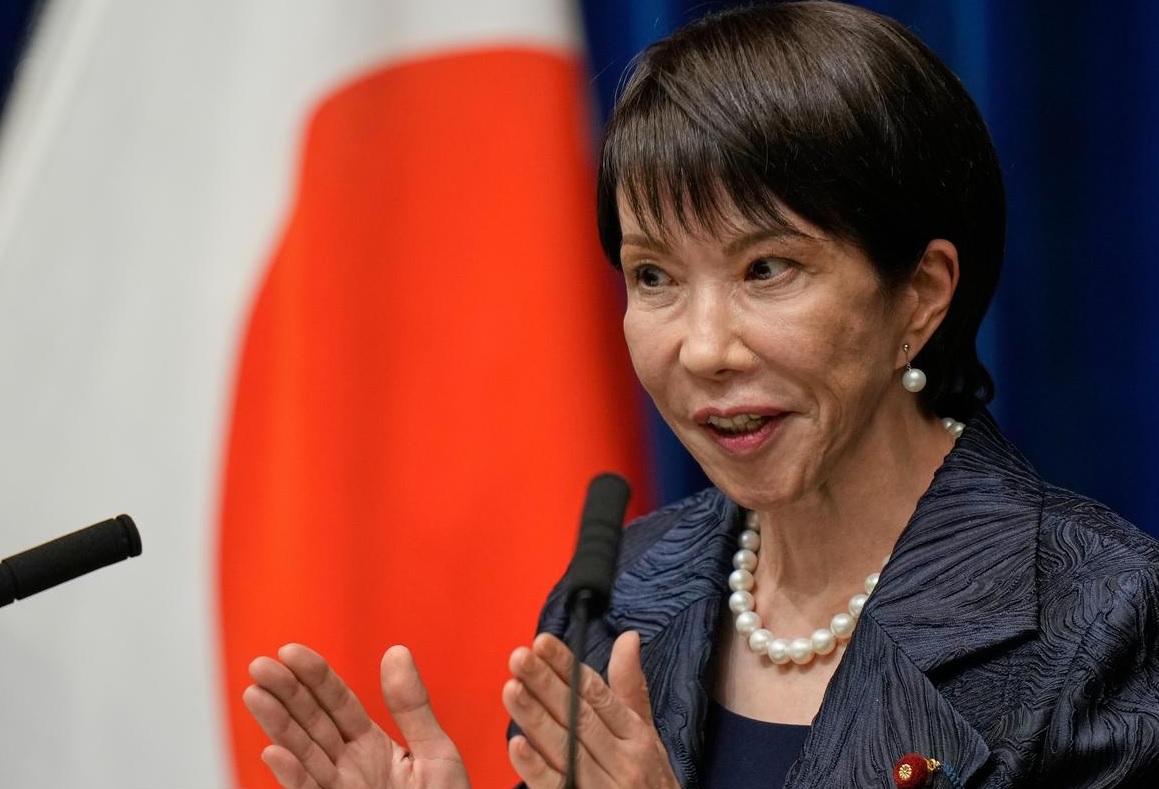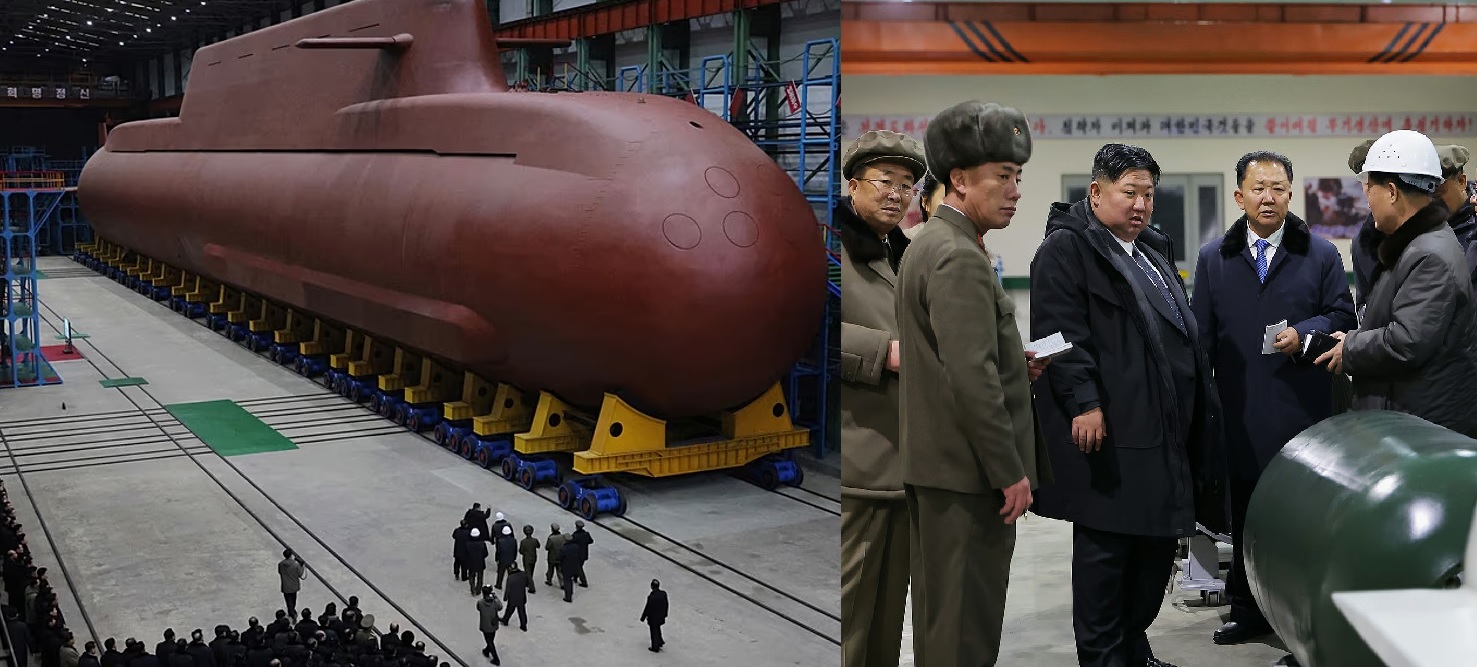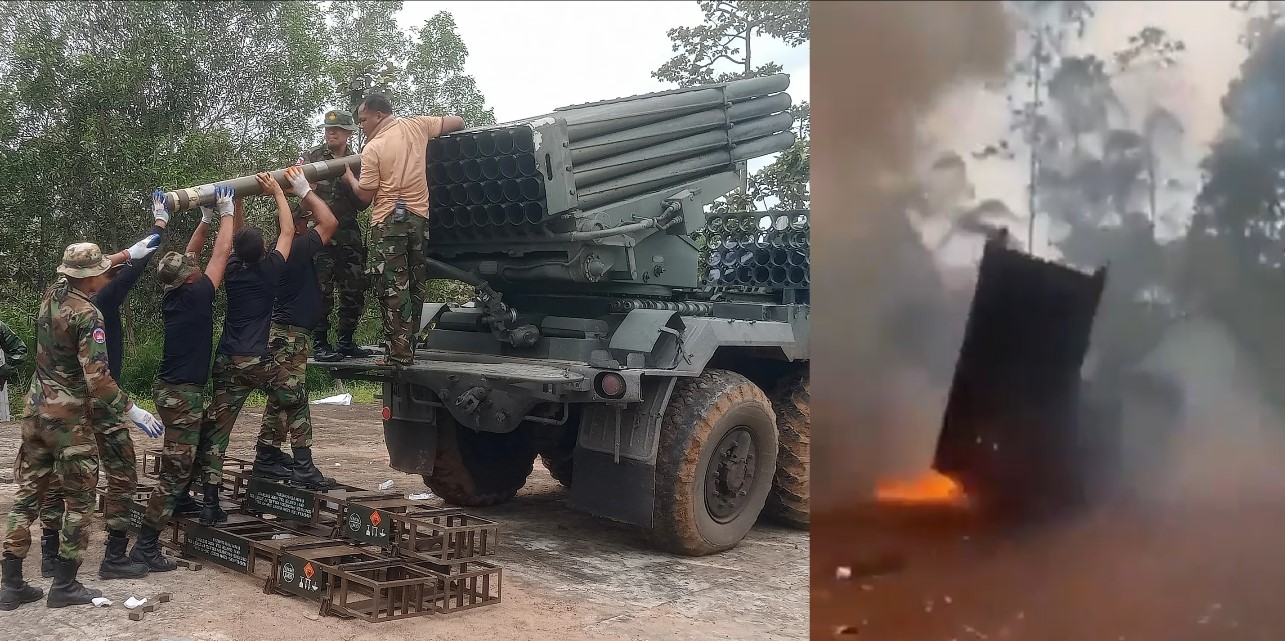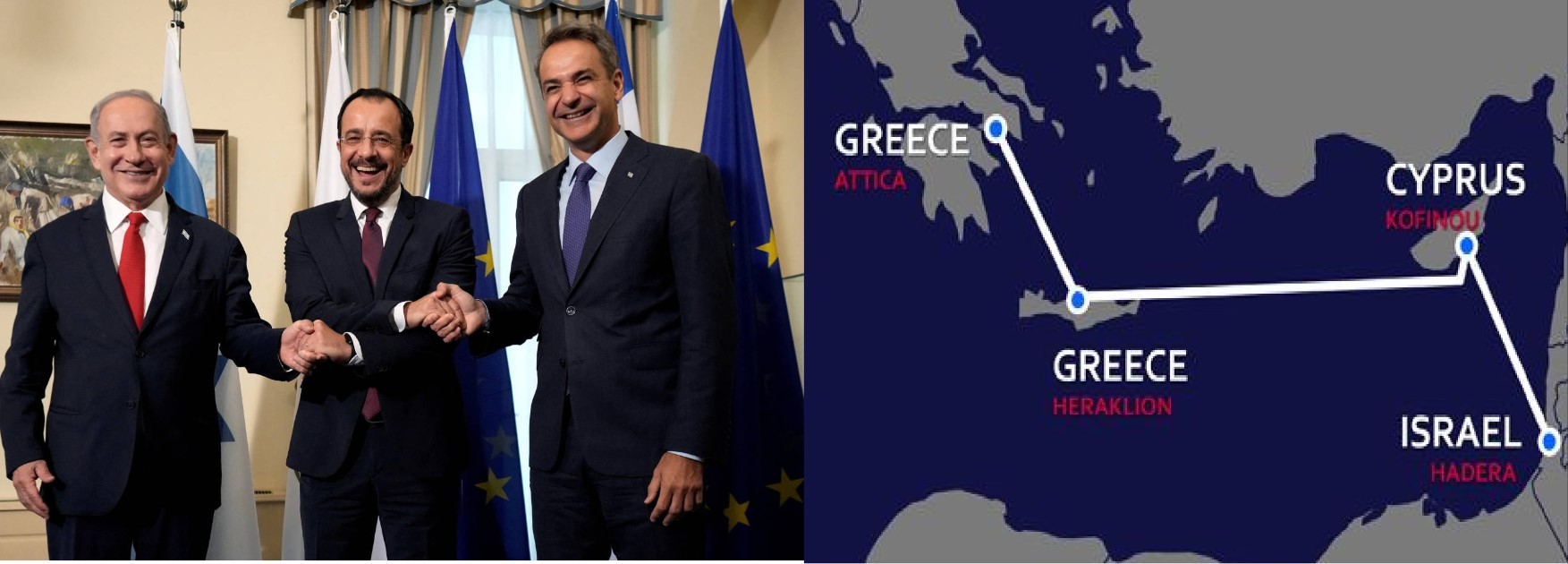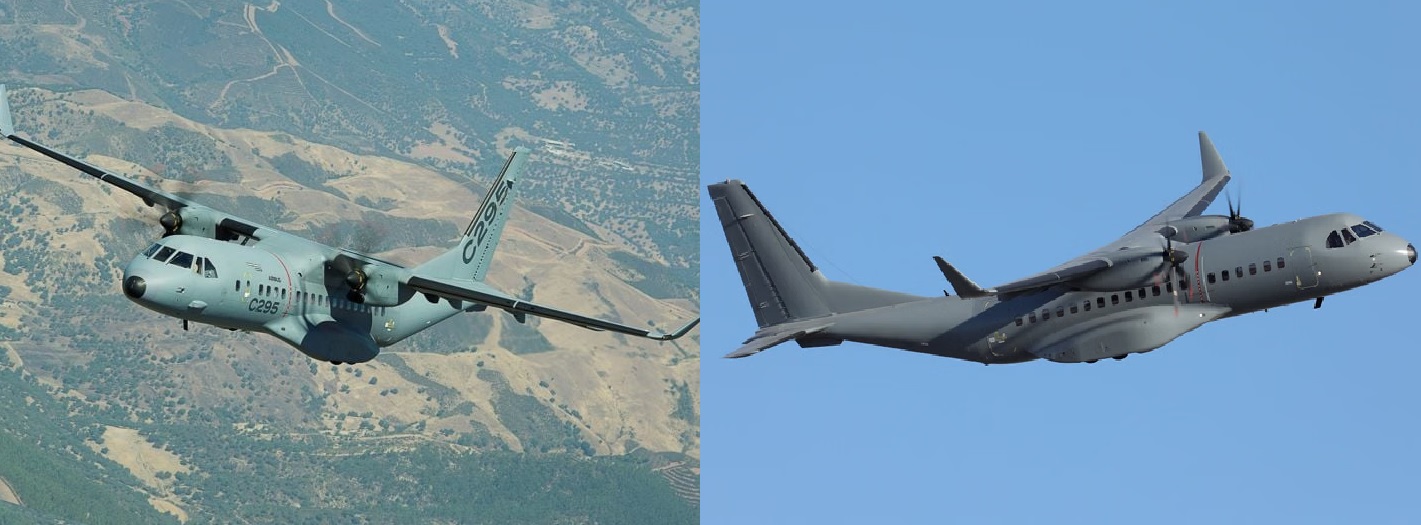Putin Orders Security Council to Prepare for Possible Nuclear Test Resumption — Novaya Zemlya Site on Standby
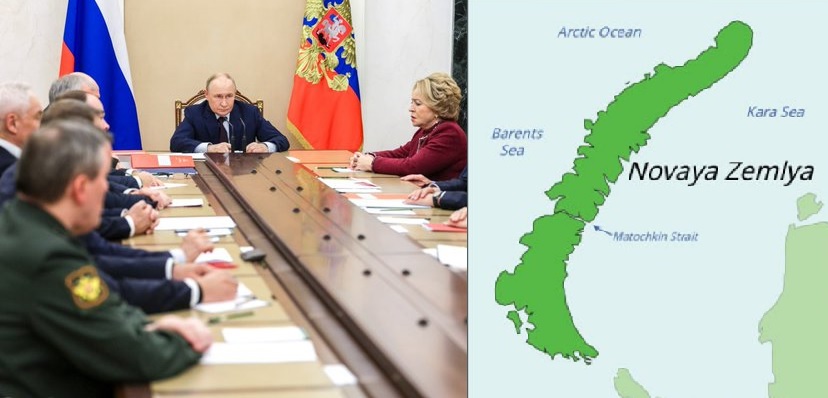
Russian President Vladimir Putin has instructed the Security Council to collect data, conduct technical analysis, and prepare formal proposals on the possible resumption of nuclear weapons testing, according to reports from Moscow. The move marks one of the clearest signals yet that Russia is laying the groundwork for potential nuclear trials — a step that could significantly escalate global tensions and reshape the nuclear deterrence landscape.
The directive, issued during a high-level meeting on strategic security, was followed by a stark statement from Defense Minister Andrei Belousov, who declared it “expedient to immediately prepare” for a nuclear test at Novaya Zemlya, the country’s remote Arctic test range. Belousov told Putin that the site could be activated “at short notice”, underscoring that all essential infrastructure and monitoring systems remain operational.
Novaya Zemlya: The Arctic Test Ground
Located in Russia’s Far North, Novaya Zemlya is an isolated archipelago separating the Barents and Kara Seas. It lies about 3,500 kilometers (2,200 miles) northeast of Alaska, making it the closest Russian nuclear test site to the United States.
The area has a grim Cold War legacy. Between 1955 and 1990, the Soviet Union conducted 130 nuclear detonations there, including the Tsar Bomba — the most powerful nuclear explosion in history, yielding over 50 megatons. Today, satellite imagery shows the reactivation of key tunnels and monitoring facilities at the Central Test Site, suggesting Russia has been modernizing the range for potential new-generation weapons trials.
Among the weapons reportedly under evaluation is the 9M730 “Burevestnik”, a nuclear-powered cruise missile with near-unlimited range. Western analysts believe recent movements on Novaya Zemlya are linked to preparations for further Burevestnik trials, as well as other strategic systems such as Poseidon, the nuclear-powered underwater drone.
Strategic Context
The renewed nuclear posture follows Russia’s withdrawal of its ratification of the Comprehensive Nuclear-Test-Ban Treaty (CTBT) in 2023. Though Moscow still claims to adhere to a “testing moratorium,” this legal change gives the Kremlin freedom to resume testing if deemed necessary.
Russian officials argue that the decision is a response to what they describe as “unprecedented Western pressure” and U.S. military nuclear modernization, which they claim threatens Russia’s strategic balance. Putin has repeatedly stated that Russia must ensure the “readiness and reliability” of its nuclear deterrent, especially as tensions with NATO continue to rise.
For the West, however, such developments represent a dangerous rollback of arms control norms that have held since the early 1990s. Washington has expressed “deep concern” over any move toward renewed testing, warning it would undermine decades of global nonproliferation efforts and potentially trigger reciprocal preparations by other nuclear states.
Environmental and Geopolitical Risks
Novaya Zemlya’s fragile Arctic ecosystem remains contaminated from past Soviet-era tests, and any renewed nuclear explosions — even underground — would risk releasing radioactive materials into the environment. Scientists caution that the region’s permafrost and shifting geological structures could exacerbate leakage risks, complicating containment efforts.
Despite those warnings, Russian defense sources insist that all safety systems have been upgraded and that future tests, if conducted, will follow strict containment protocols.
A Signal to the World
Putin’s instruction does not yet mean that a nuclear test is imminent — but it places the infrastructure, legal framework, and political narrative firmly in place for when Moscow decides to move forward.
By reactivating the Novaya Zemlya test complex, Russia is reminding adversaries that its nuclear arsenal is not only modern but verifiable through live readiness checks. Analysts view this as part of a strategic signaling campaign, designed to project deterrence strength at a time of heightened confrontation with the West.
Whether an actual detonation occurs remains to be seen. But one thing is clear: the Arctic silence of Novaya Zemlya — undisturbed for over three decades — may soon be broken again.
✍️ This article is written by the team of The Defense News.
